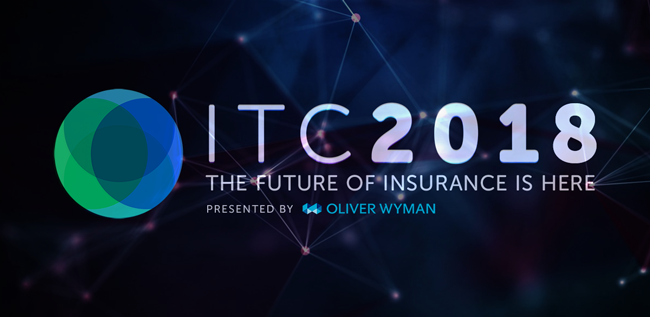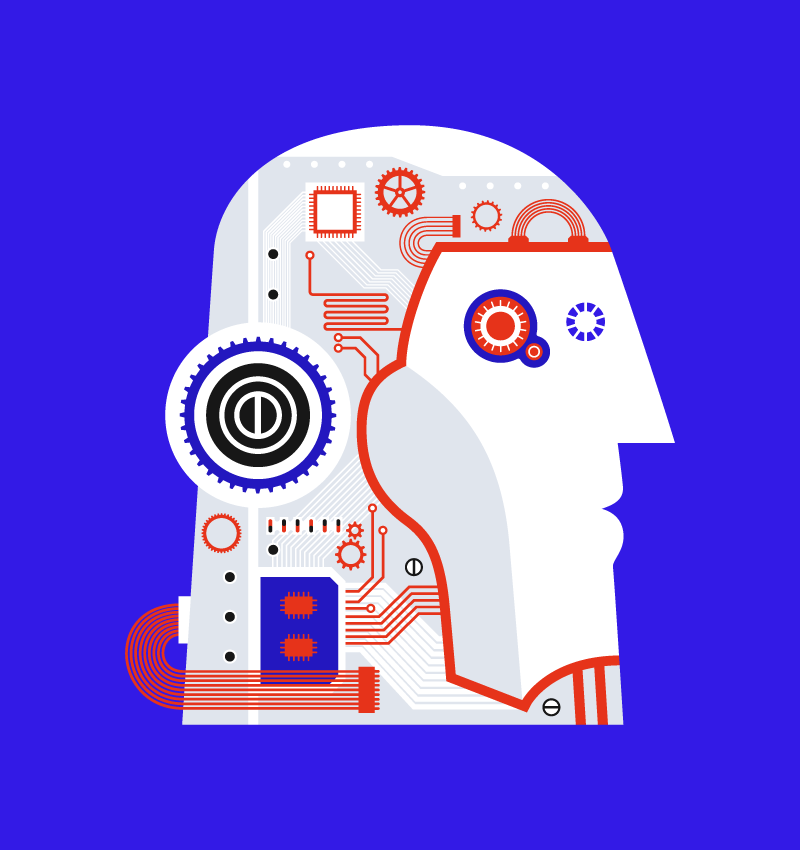This post summarizes the winning formulas and challenges we learnt from companies using artificial intelligence, machine learning, and big data in their digital transformations.
Shoop ba-doop
The energy of the attendees, speakers, and exhibitors at InsureTech Connect 2018 was infectious; seeing real life cases from companies of all sizes racing forward with the latest technologies was inspiring. It was obvious that no one wants to be left behind, and only exceptional class acts like Salt-N-Pepa (the stars of the after-party) can still use hits from the ‘80s and ‘90s to draw cheers from the crowd. The same cannot be said of antiquated systems and processes from that era, and we enjoyed how the event encouraged frank discussions of what modernizing the insurance industry means to them.
A toaster is a toaster is a toaster?
With artificial intelligence (AI) and machine learning (ML), the insurance industry has the opportunity to collect and use data to change core business models and products. Deep learning insights can provide a granular view of customer needs, preferences, behavior, and more, making true micro-segmentation in sales, marketing, and product development a possibility.
For many industries, companies that take advantage of AI can use the insights gained to sell around a product, but cannot ultimately transform the essence of what the product is. As Lemonade’s CEO, Daniel Schreiber, put it - the toaster on Amazon.com and the song on Spotify will always remain what they are, no matter how extensively both companies use AI and ML within their business models. However, in the insurance industry, AI and ML can help companies go a step beyond simply improving sales, marketing, and customer engagement. The deep insights gathered from data can eventually help insurance companies change the products they sell.
When done right, AI/ML will give companies the power to tap into some of these opportunities:
Examples of AI/ML opportunities for the insurance company
Department
Areas of Opportunity
Sales
Cross/up-sell recommendations, lead scoring, buying propensity prediction, market expansion
Marketing
Microsegmentation, ad optimization, channel quality evaluation, purchasing behavior analysis
Customer Service
Churn prediction and prevention, lifetime value analysis, lapse and retention prediction, customer engagement
Underwriting
Automated submission and acceptance/rejection, smart triage
Claims
Fraud detection and prevention, subrogation efficiency, automated payments and rejections
Pricing
Precise and competitive pricing
Risk Management
Risk modeling and scoring, emerging risks
Investment Management
Diversification modeling, faster decision making
However, preparing data for AI and ML is crucial, and this requires more patience and effort than people generally expect. Most companies today do not know where all their data resides. When they finally find the relevant repositories, the data is often not of high quality (meaning it is not clean or usable in the way AI or ML systems require). Volume and variety of high quality data is also a common issue companies face - anything less than a year’s worth is usually insufficient to train and test robust ML models. One must also tread carefully when it comes to compliance and governance - AI/ML systems should be explainable and trackable.
Bad data cannot be covered up - while insurance companies should be accelerating towards technologies that will help them innovate, it may sometimes be better to start in the slow lane to ensure data is first cleaned up properly.
Engage to thrive
It is intrinsic in the industry that the number of touchpoints to interact with customers is much fewer than other financial services like banking. People generally do not need to renew policies or make claims every other week or month. This increases the importance in creating a brand that truly engages (read as: does not force you to tolerate a music track on repeat while waiting to speak to someone) at every opportunity.
To do that, companies must understand its customers’ values and psychology, and strive to be an advocate for them.
The new values of today’s customers:
Convenience and comfort
- around-the-clock,
omnichannel shopping
Hyper personalization
- problem solving for the individual
Sharing economy
- collaborators, social sharers
One of the most popular means the industry has adopted to engage with customers is the virtual chatbot and assistant - take a look at Allstate’s ABIe, Geico’s Kate, Insurify’s Evia, Lemonade’s Maya, and Progressive’s Flo, to name a few. Perhaps at next year’s event, there will be more discussion on how to create an experience that is not only interactive, but immersive.
One step at a time
When it comes to a company’s digital transformation, there are a lot of choices to consider and decisions to make. How do you check if you’re making the right investments to achieve this transformation?
- Break big goals up, start small, and learn from and build upon each successful proof-of-concept (POC) project.
- Create realistic metrics for your company. Don’t settle for productivity as a measure - are your projects reducing risks, generating additional revenues, or increasing profitability?
- Hire a strong core of talent and skills that would keep the innovation engine running
- Ask yourself: “Is it just a neat app or can I actually use it in the market?”
What’s the best technology stack?
There is no doubt that the industry should be and is embracing new technologies and digital transformations to enable the business model of the future. We did hope to learn more about the specific technology stacks that companies have tried. (What stack worked and what didn’t? Which cloud service provider(s) did they choose and why?), but we still came away energized by the radical changes that await the insurance industry.
If you would like to share your experience at InsureTech Connect 2018, or you perhaps have stories of your experience with digital transformations in the insurance industry, we’d love to hear from you in the comments below! You can also email us at hello@mode2.com to ask us how Mode2 helps insurance companies to create and use high quality data for AI/ML systems and to engage customers with virtual chatbots.
We hope you enjoyed reading this post and welcome your feedback.


